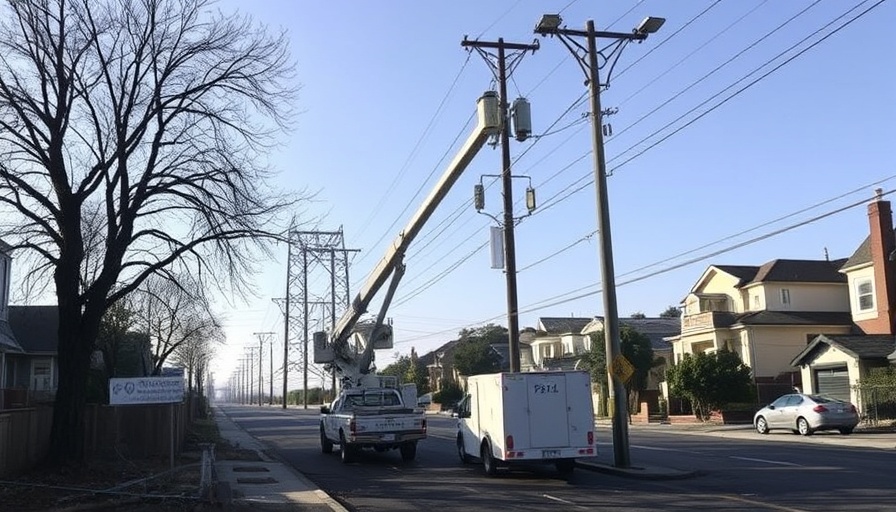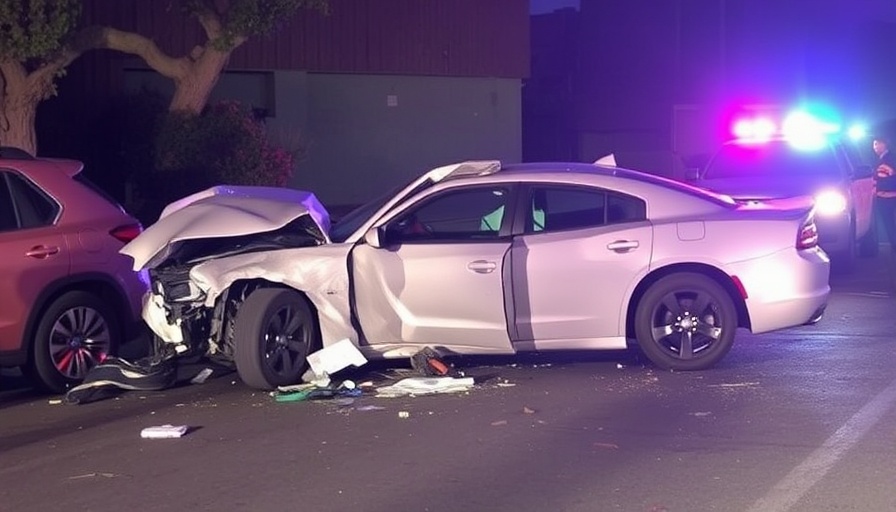
Power Disruptions and Fire Prevention: An Ongoing Challenge
Over 800 customers of Pacific Gas and Electric (PG&E) in the Bay Area currently find themselves in the dark as part of planned power outages aimed at wildfire prevention. These outages, which affect customers in Alameda, Contra Costa, and Santa Clara counties, are a strategic move by PG&E implemented under their Public Safety Power Shutoff (PSPS) policy, especially during heightened fire risk conditions.
As of late Friday, 602 customers were without power in Alameda County, with 190 in Contra Costa County and 34 in Santa Clara County. PG&E anticipates that up to 11,500 customers across 15 counties could ultimately be impacted, depending on ongoing weather conditions.
Understanding PG&E's Safety Measures
Weather severity is the main trigger for these power shutoffs, intended to minimize the risk of wildfires under dry and windy conditions. While the immediate inconvenience is evident, these measures form part of PG&E's broader mandate to ensure public safety during extreme weather.
Community Resource Support: Preparing for the Shutoffs
In response to this situation, PG&E has established 14 Community Resource Centers in several affected counties. These centers serve as essential hubs for residents, providing necessary supplies like water, snacks, blankets, and power outlets to recharge devices. One such center is located at Costco Wholesale in Livermore, offering a lifeline to those impacted by the extended outages.
Residents can check if their addresses are affected and obtain updates on the situation through the PG&E alert system. While some outages may extend into the weekend, the duration largely hinges on local weather developments, signaling the ongoing uncertainty surrounding power supply in fire-prone areas.
What You Need to Know About Potential Outages
With wildfire seasons becoming increasingly severe, understanding the implications of these PSPS events is crucial for those living in California. Being prepared for future outages not only involves knowing where to seek support but also emphasizes the importance of personal emergency planning.
This proactive stance can make a significant difference when faced with power disruptions, allowing residents to navigate these challenges more effectively.
 Add Row
Add Row  Add
Add 



Write A Comment